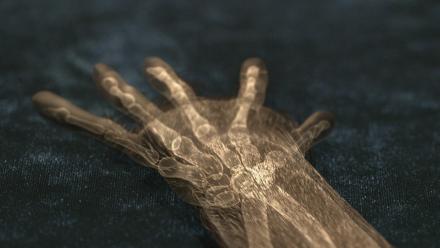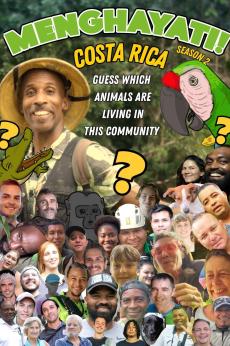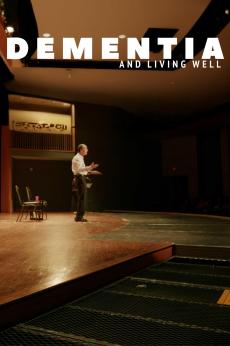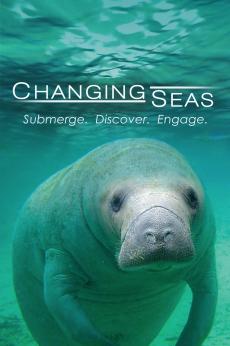Your Inner Monkey
Our primate progenitors had bodies a lot like those of modern monkeys and spent tens of millions of years living in trees. From them we inherited our versatile hands, amazing vision and capable brains — but also some less beneficial traits, including our bad backs and terrible sense of smell.
Previews + Extras

Amazing Places, Amazing Fossils: Lucy
S1 E3 - 4m 54s
Fossils of human ancestors from millions of years ago can be found in the rocks of Ethiopia. Paleontologist Don Johanson recounts his discovery of one iconic fossil, and the impact it had on our understanding of where we come from.

Meet Your Cousins: Squirrel Monkeys
S1 E3 - 2m 5s
Because of our evolutionary relationship, we have quite a bit in common with other living primates, including squirrel monkeys. See what we mean as you watch these agile monkeys navigate their forest world.

How Do We Know When Our Ancestors Lost Their Tails?
S1 E3 - 4m
Unlike most other primates, apes don't have a tail. When did our ancestors lose this potentially useful appendage? Paleoanthropologist Holly Dunsworth introduces Neil Shubin to Proconsul, a fossil ape that provides some answers to that question.

The 500-Million-Year History of the Human Brain
S1 E3 - 3m 19s
Even though your brain enables you to do some amazing things, its evolutionary story runs deep. Biologists Peter Holland and Neil Shubin go hunting for Amphioxus, a tiny, simple animal, whose genes show us just how ancient our brain truly is.

The Human Hand: A Gift from Ancient Primates
S1 E3 - 4m 26s
Our hand has the same basic form as the hands of all other primates. But what did the earliest version of this hand look like? Neil Shubin pays a visit to Jon Bloch, who shows him a remarkable fossil of Notharctus, an early primate with a hand that you may recognize.

Ancient Human Ancestors: Walking in the Woods
S1 E3 - 3m 47s
When did we start walking exclusively on two legs, and how did this transition take place? Neil Shubin pays a visit to Tim White and Owen Lovejoy, two anthropologists working together to understand "Ardi," a 4.4-million-year-old fossil that sheds light on our transition to bipedalism.

Episode 3: Your Inner Monkey Preview
S1 E3 - 30s
"Your Inner Monkey" tracks our hands, feet, color vision, spine and upright gait to our primate and hominid progenitors, who also passed on perhaps the most important legacy of all: a path to the human brain.

Your Aching Back: A Gift from Your Ancient Ancestors
S1 E3 - 2m 52s
The shape of our backs keeps us balanced when we walk on two legs, but it comes at a cost. Anatomist Bruce Latimer shows how our transition to being exclusively bipedal has led to many common back ailments.
Similar Shows

Menghayati!
Science and Nature

Dementia and Living Well
Science and Nature

Troubled Water
Science and Nature

Expeditions with Patrick McMillan
Science and Nature

Changing Seas
Science and Nature

The Living Land
Science and Nature

The Himalaya Connection
Science and Nature

Sharks Unknown with Jasmin Graham
Science and Nature

Adaptation
Science and Nature

I Contain Multitudes
Science and Nature
PBS PASSPORT
Stream tens of thousands of hours of your PBS and local favorites with WETA+ and PBS Passport whenever and wherever you want. Catch up on a single episode or binge-watch full seasons before they air on TV.